Strategies for Diversity and Inclusion: John Lewis Case Study Report
VerifiedAdded on 2023/01/19
|10
|471
|74
Report
AI Summary
This report presents a case study on John Lewis, examining the strategies and initiatives used to foster a diverse and inclusive workforce. The report begins with an introduction, followed by the aims and objectives of the study, which include understanding diversity and inclusion within an organization. It then delves into the findings of data analysis, highlighting recommendations such as external environment scanning and diversity training. The report also discusses the tools and techniques used, including qualitative and quantitative approaches along with primary and secondary data collection, to ensure accuracy and authenticity. The conclusion summarizes the importance of setting clear aims and objectives and the value of the project management plan (PMP). Finally, the report includes a list of references to support the findings. This report aims to provide insights into how organizations like John Lewis can effectively build and maintain a diverse and inclusive work environment.
1 out of 10
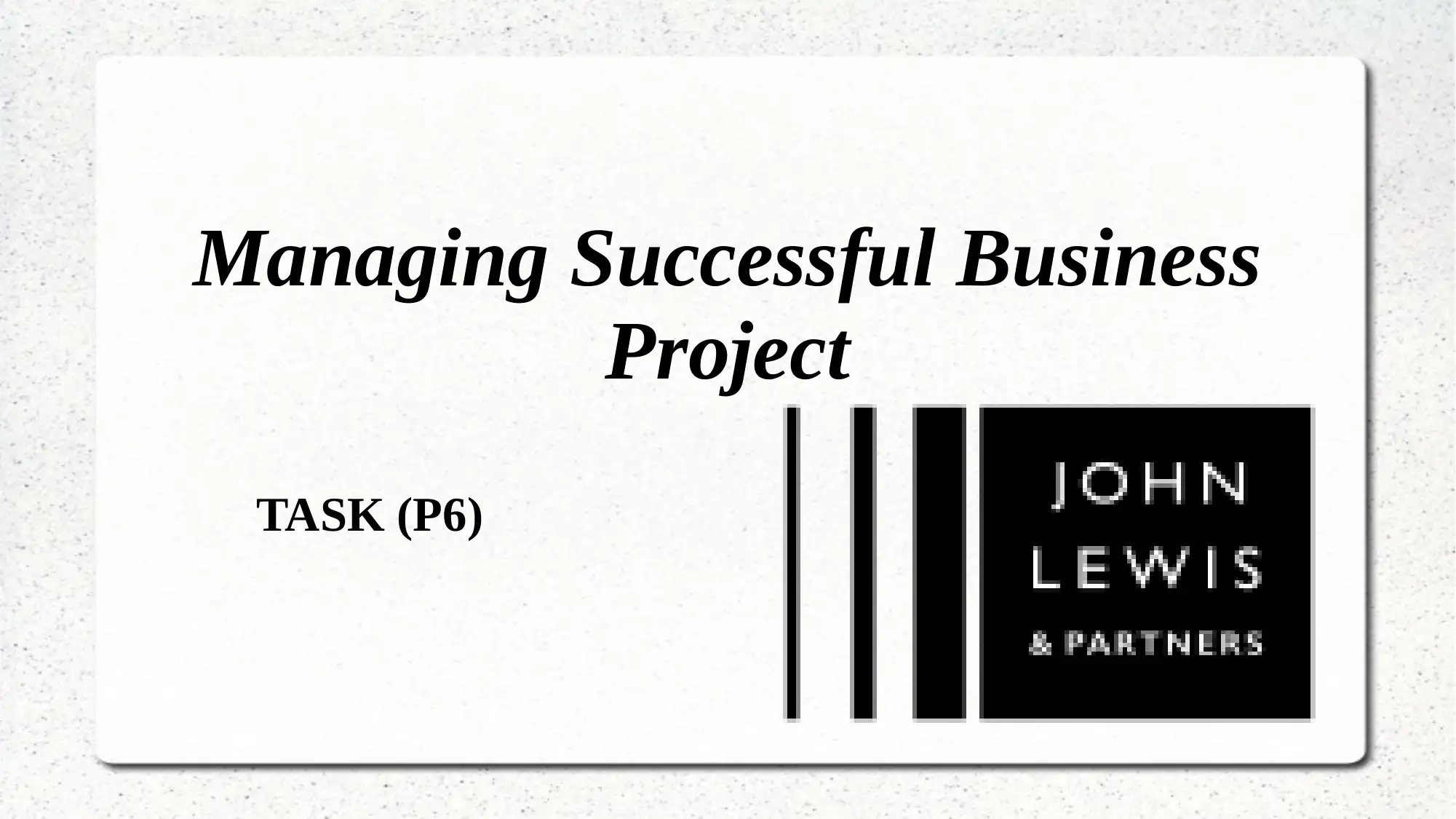
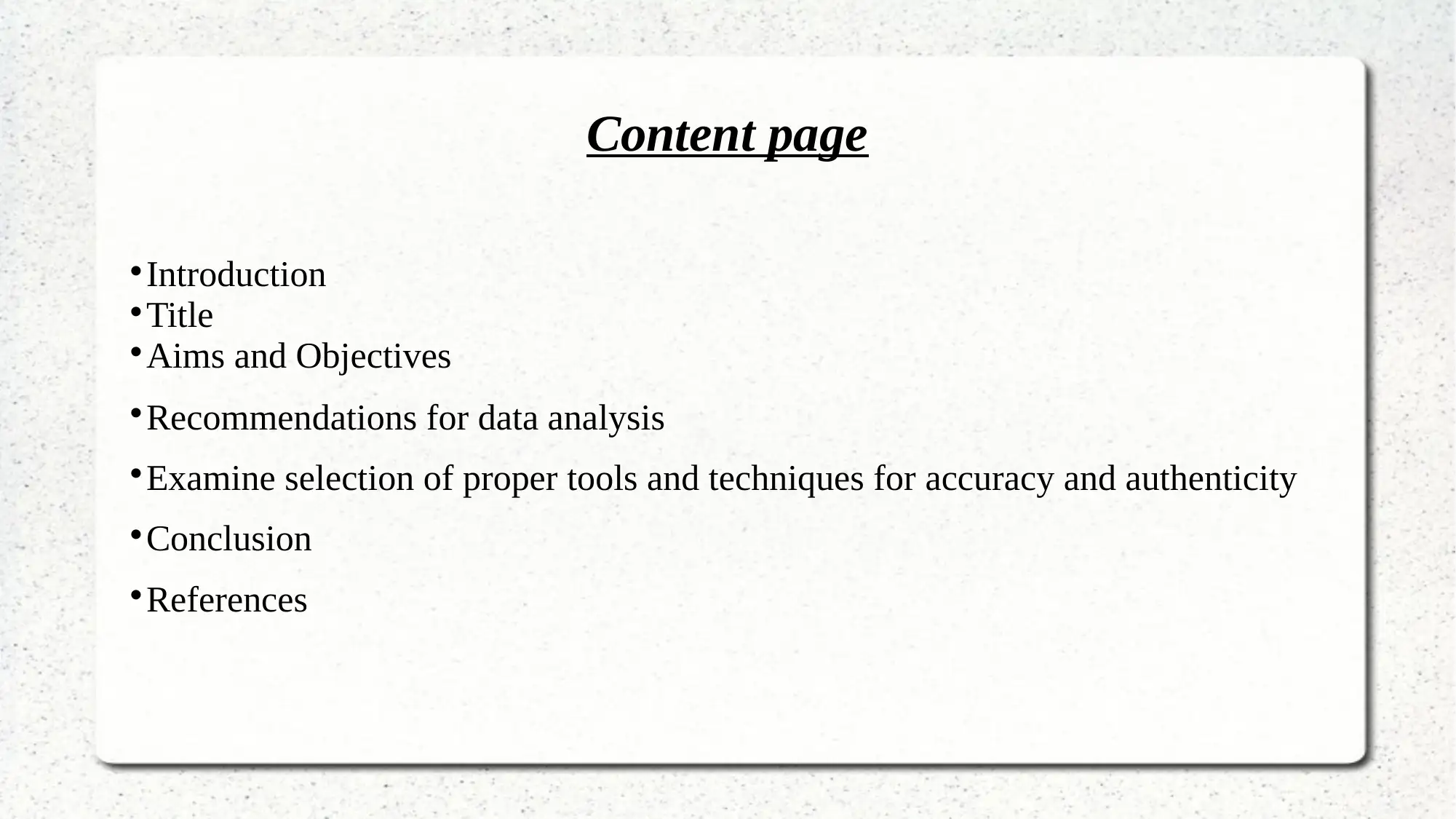
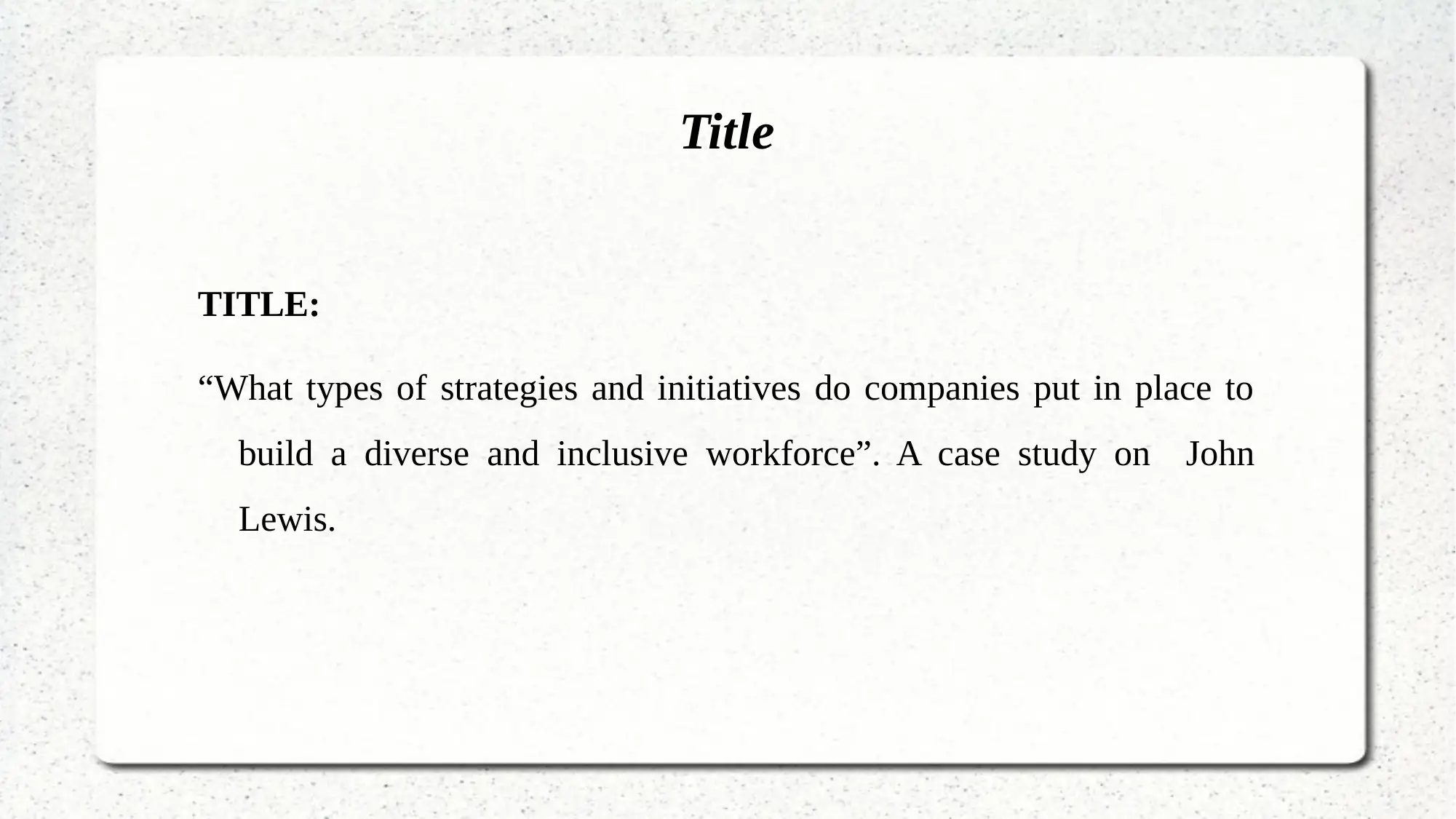

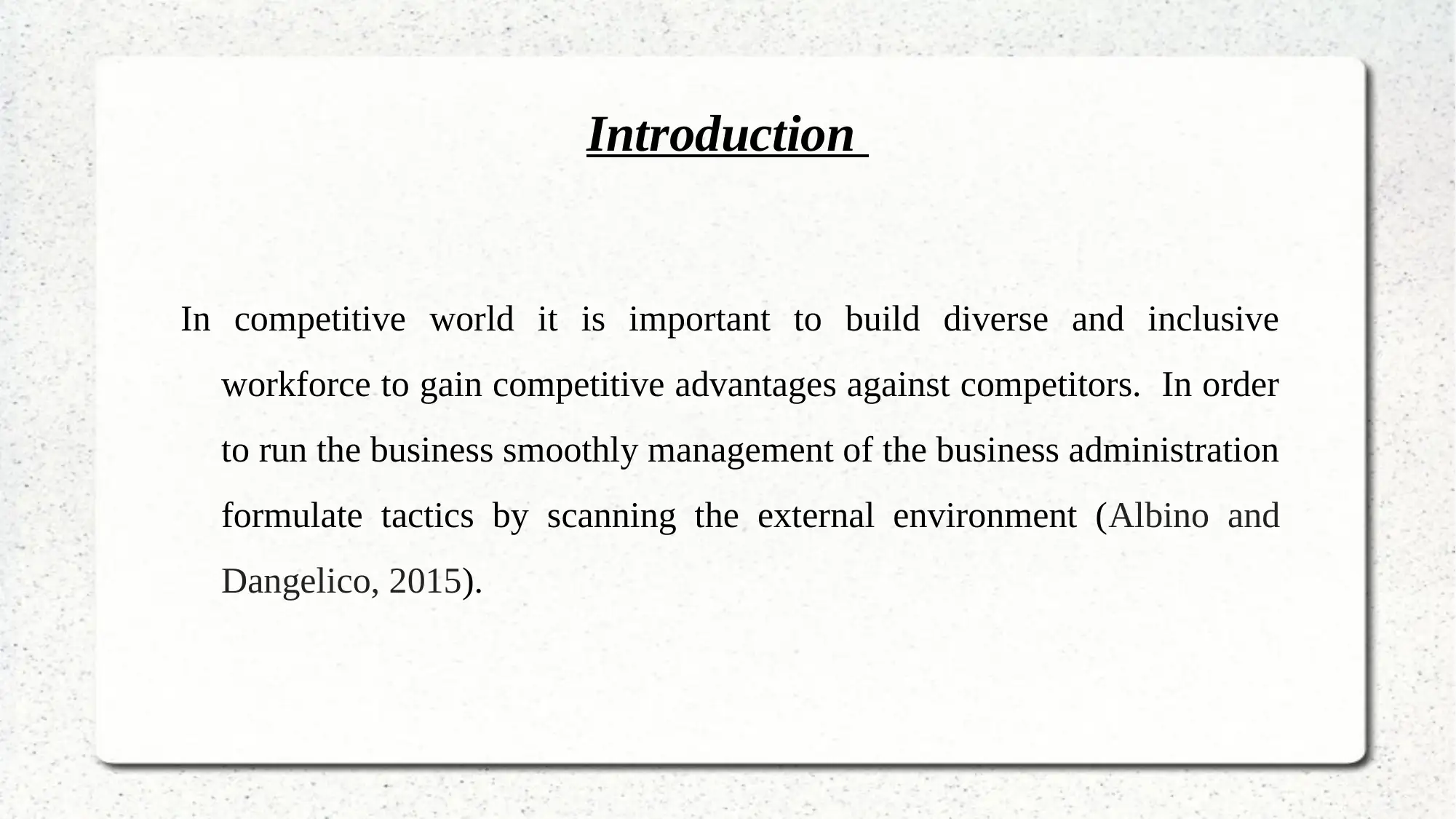
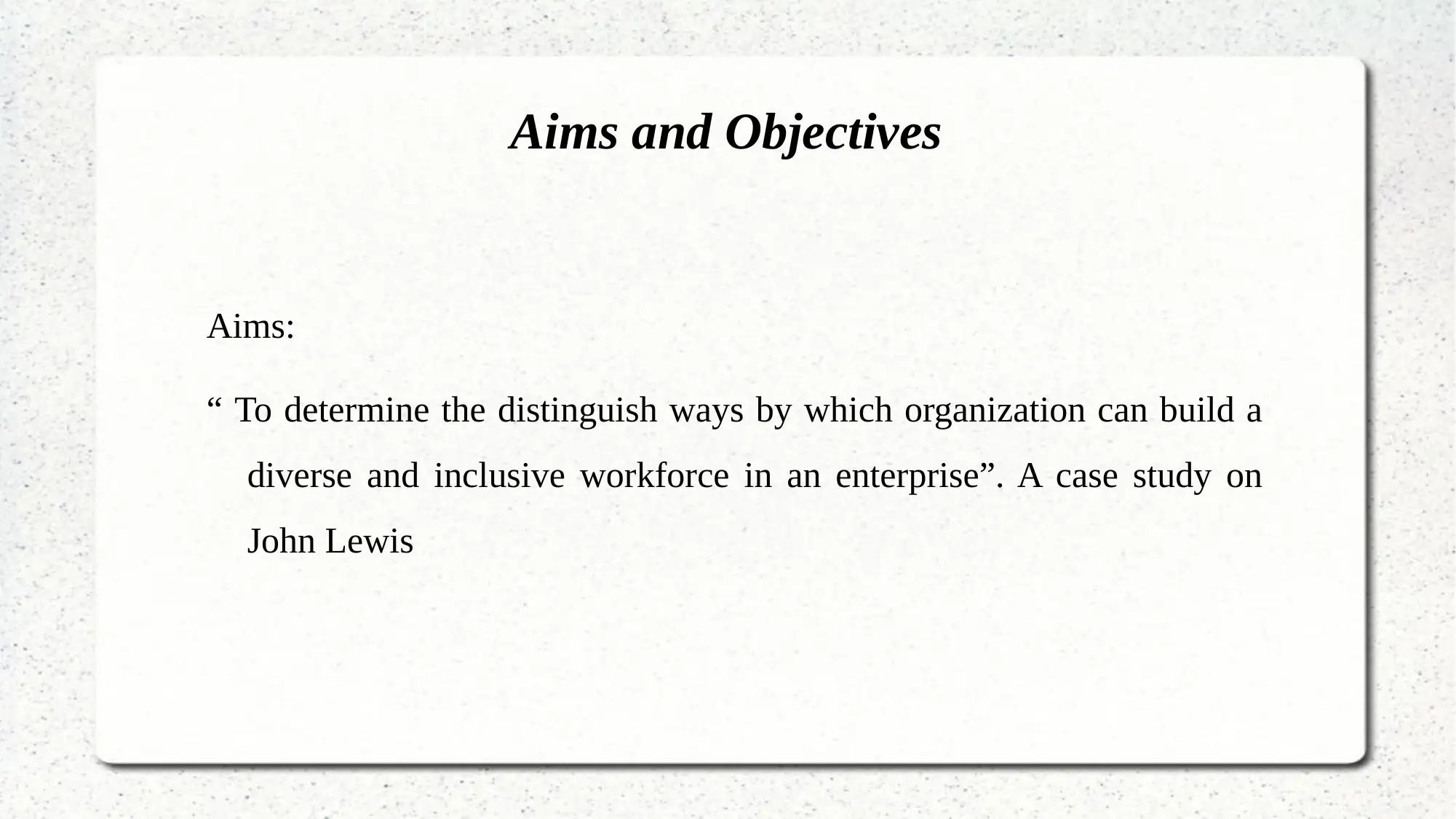
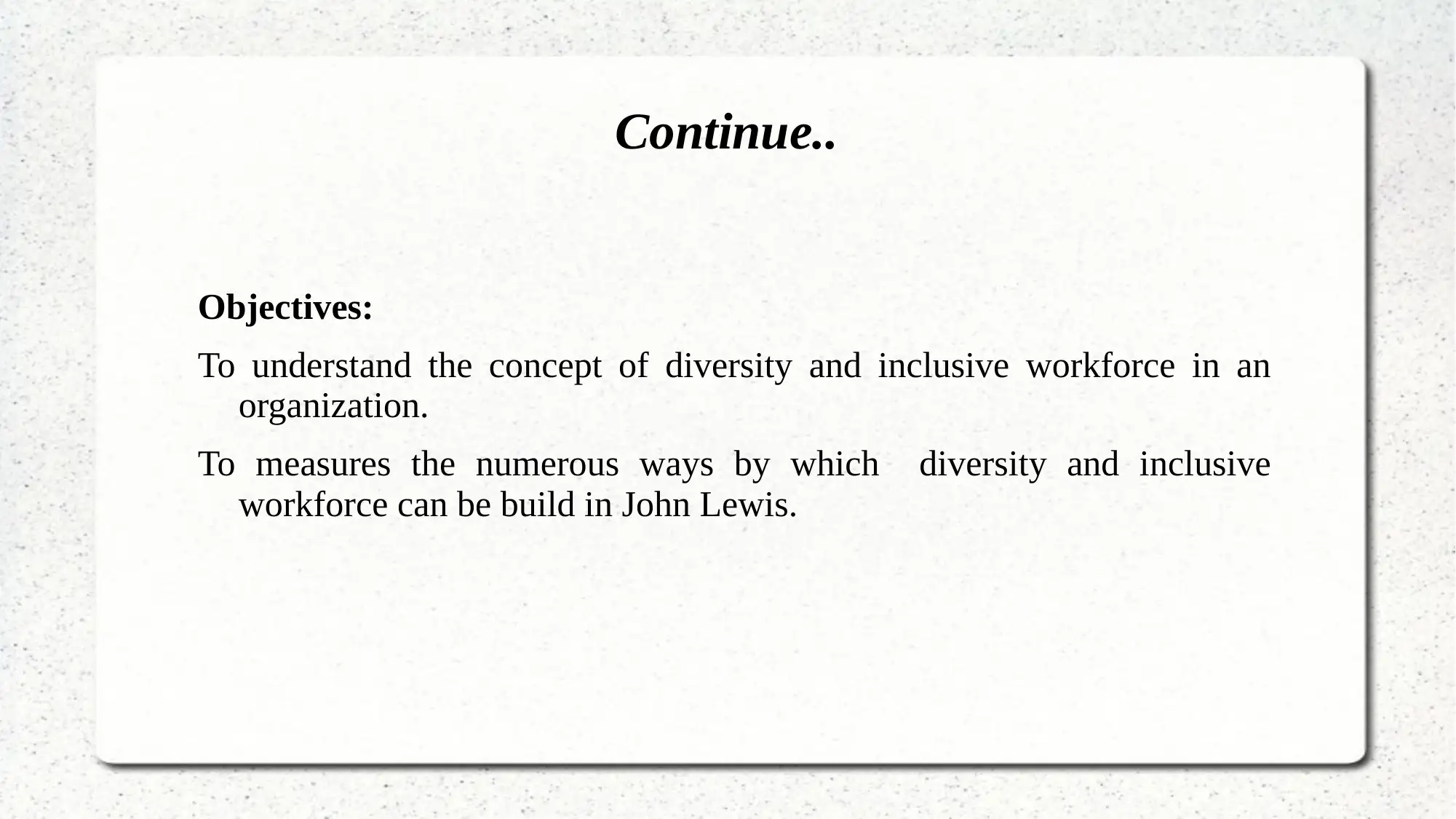
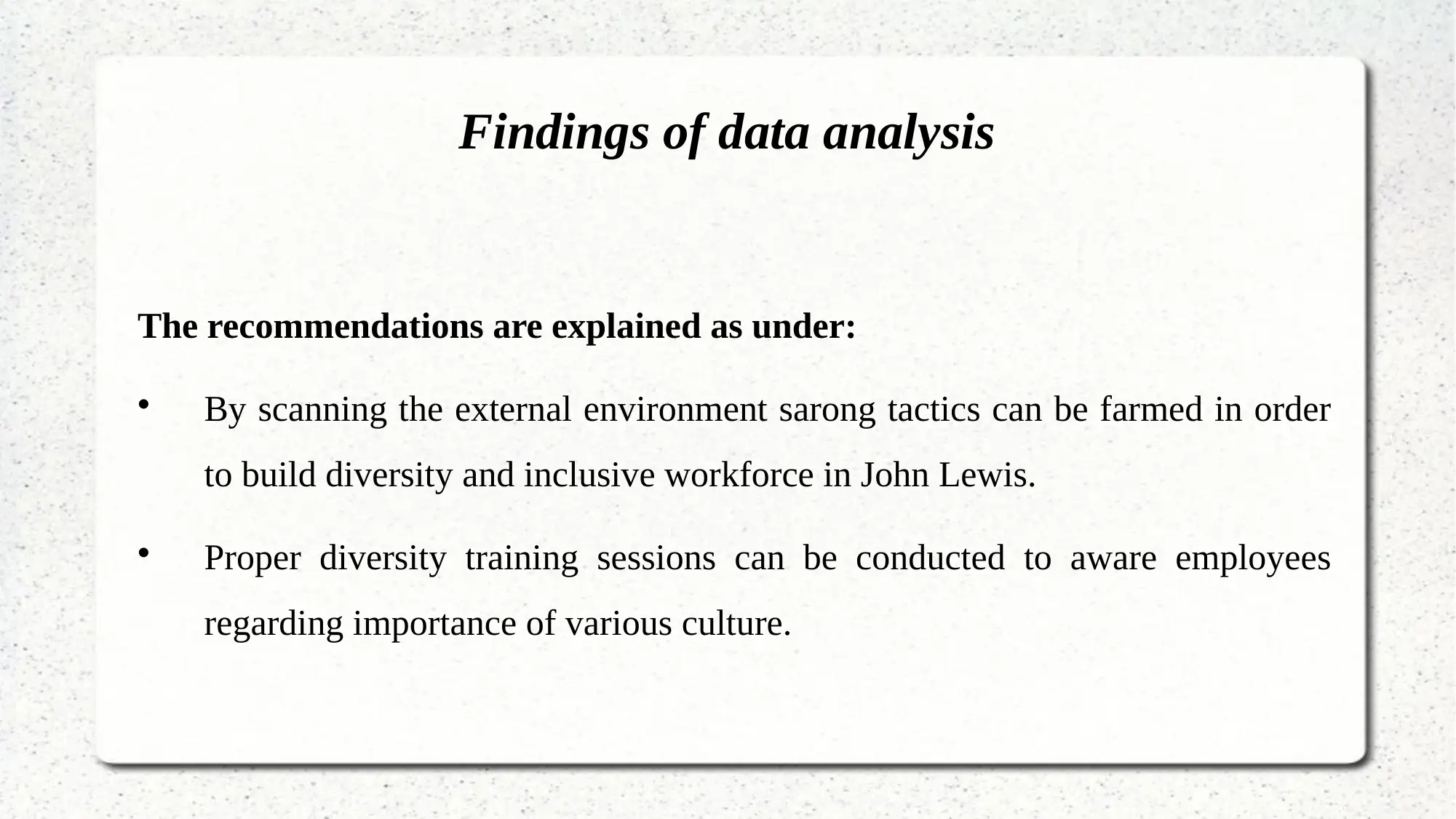
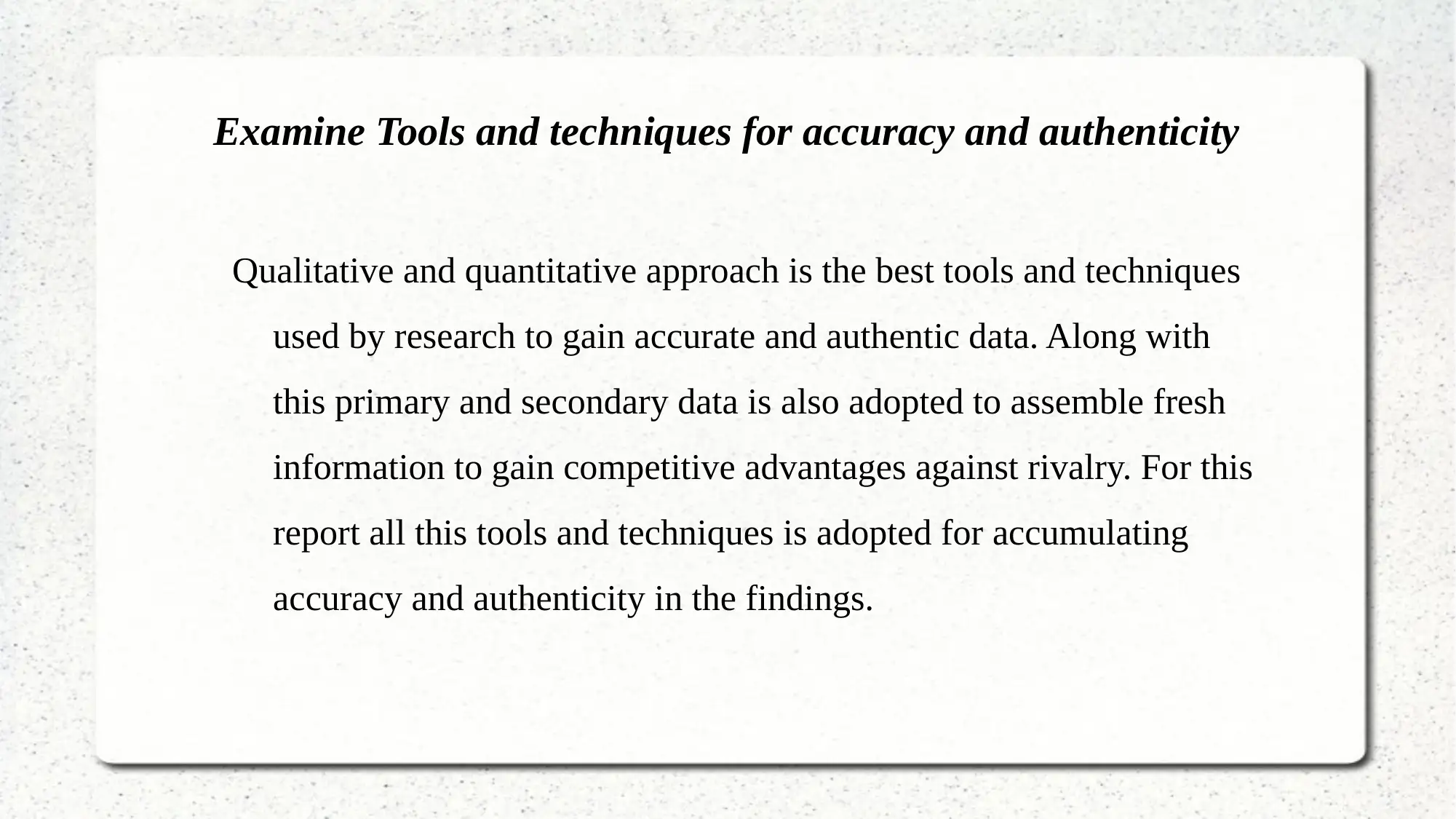
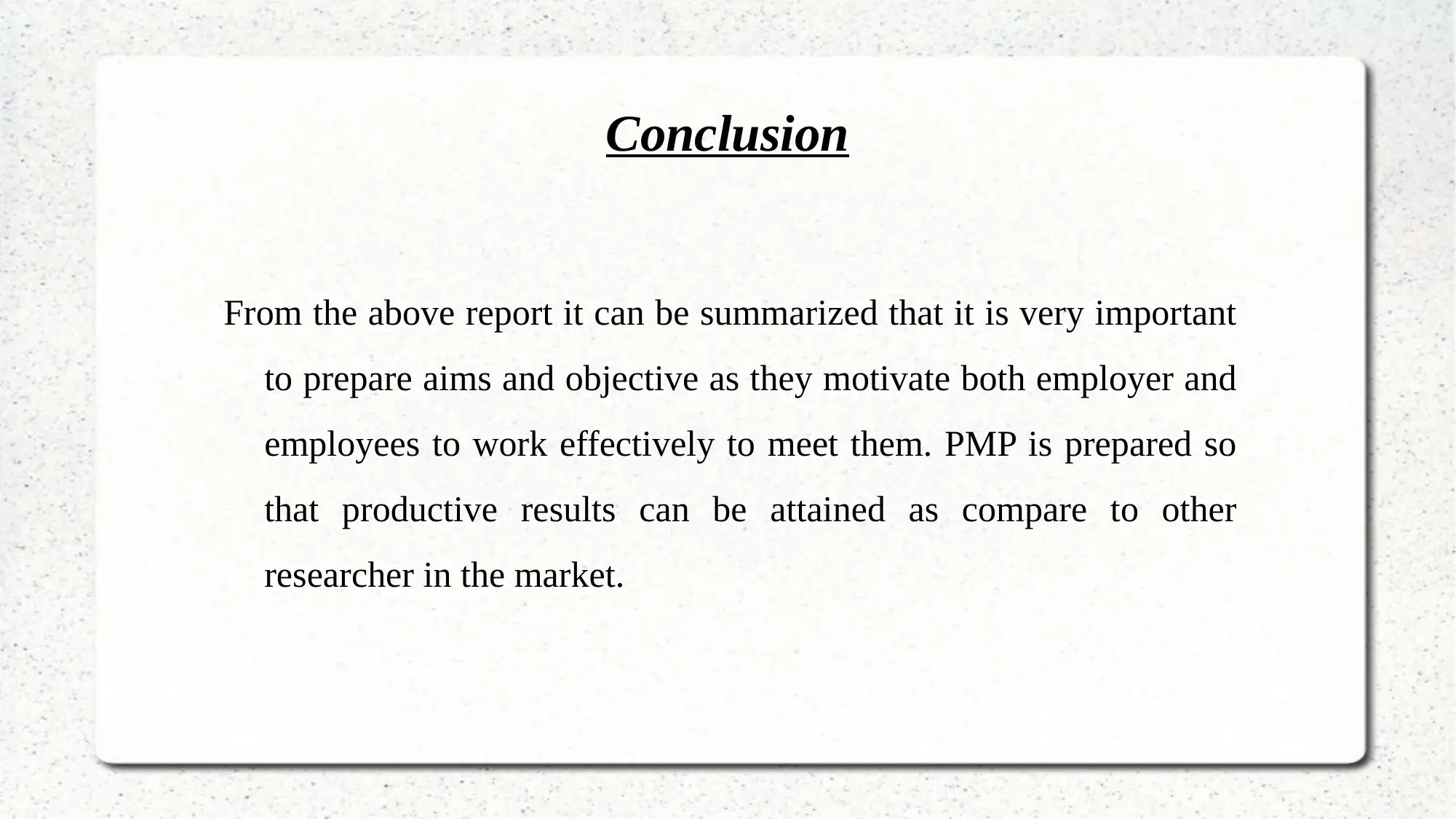
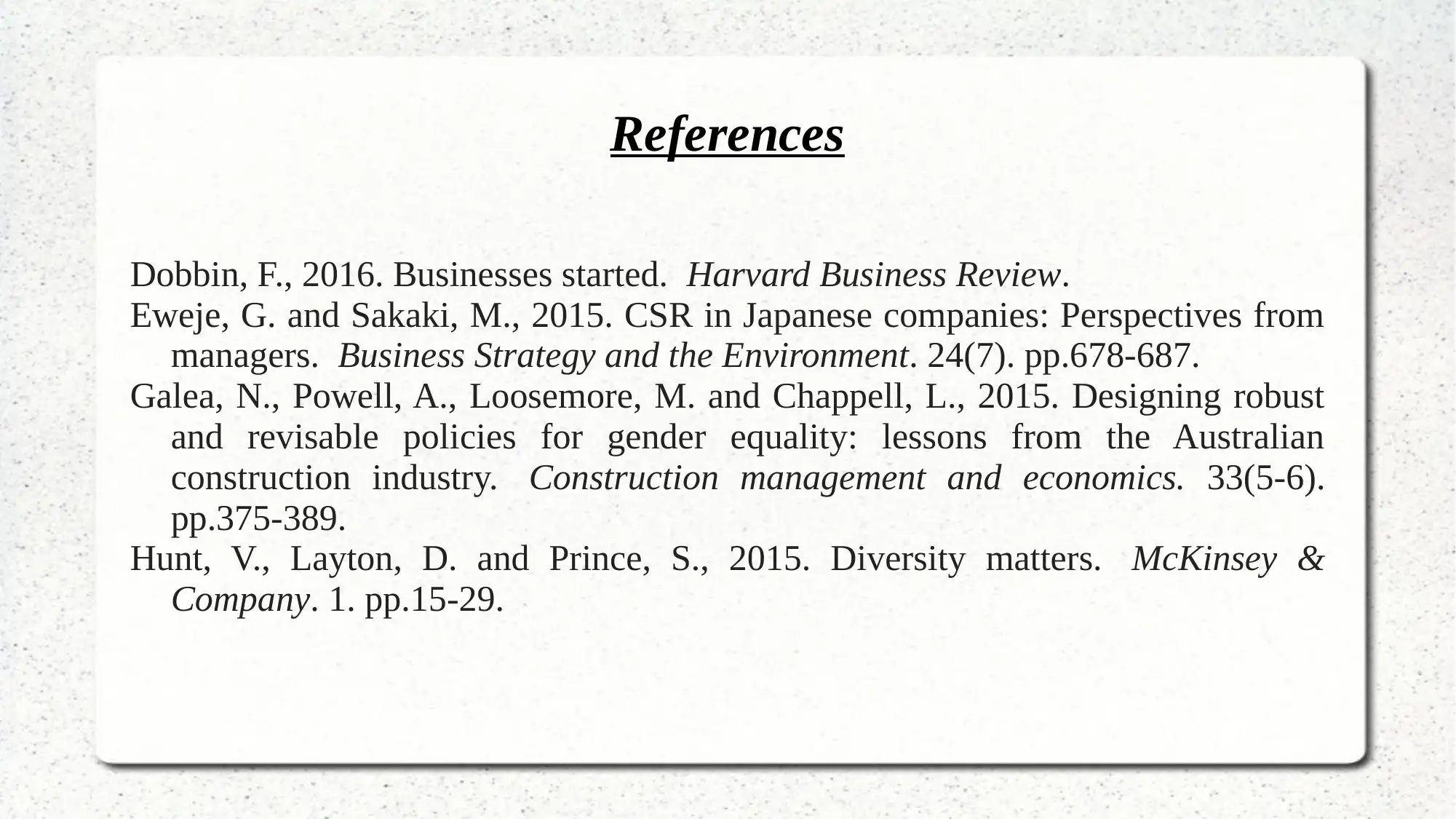






![[object Object]](/_next/static/media/star-bottom.7253800d.svg)